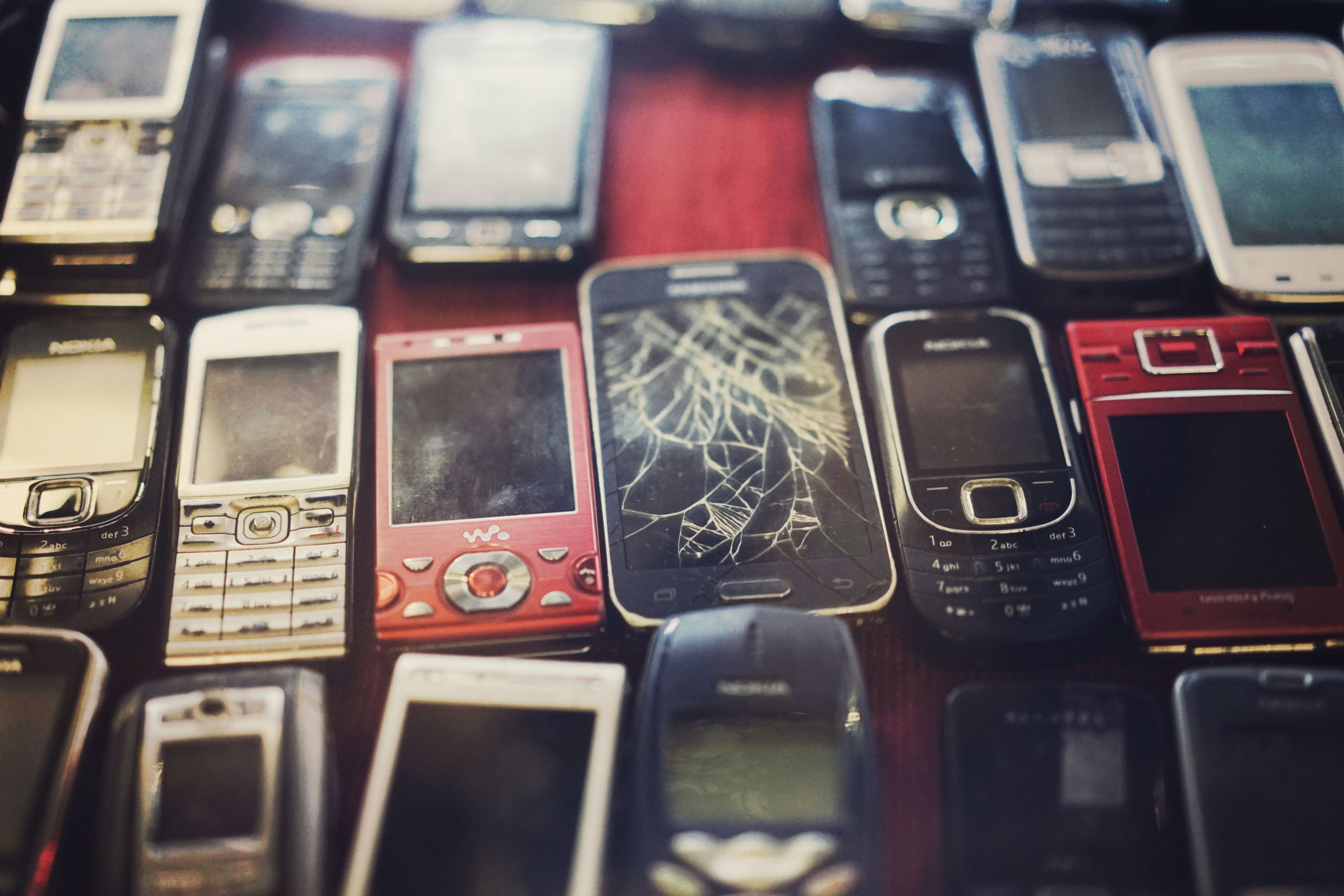Top Guidelines Of Recycling Lives Services
Top Guidelines Of Recycling Lives Services
Blog Article
The Ultimate Guide To Recycling Lives Services
Table of Contents4 Simple Techniques For Recycling Lives ServicesThe Ultimate Guide To Recycling Lives ServicesThe Greatest Guide To Recycling Lives ServicesThe Buzz on Recycling Lives ServicesNot known Incorrect Statements About Recycling Lives Services

Additionally, all Oxfordshire regional authorities approve vapes and e-cigarettes as a different kerbside collection. How they are collected in each area differs a little; check you have the appropriate info for your location.
Mobile batteries the kind you locate in tiny portable devices can also be recycled at the kerbside but not inside any of your containers. Bigger stores that sell batteries likewise have collection points for recycling old batteries.
The 6-Minute Rule for Recycling Lives Services
Older-style filament or halogen light bulbs can be dealt with in your basic rubbish container at home. Some do it yourself stores likewise have collection factors for light bulbs. Small electric products (small enough to suit a copyright bag) can be reused at our waste recycling centres or at the kerbside. recycling lives services batteries.

The Ultimate Guide To Recycling Lives Services
Electrical items are broken down into different pasts so that the various products they are composed of can be gotten rid of and reused. Waste recycling centres are for use by householders only and can decline waste from business resources. Nonetheless, small companies and investors have a obligation of treatment under this plan, which indicates they likewise have to abide with the WEEE laws.
E-waste, electronic waste, e-scrap and end-of-life electronics are terms frequently made use of to describe used electronic devices that are nearing the end of their beneficial life, and are disposed of, given away or offered to a recycler. The UN specifies e-waste as any type of thrown out items with a battery or plug, and includes poisonous and dangerous compounds such as mercury, that can posture extreme danger to human and environmental health.
The Facts About Recycling Lives Services Uncovered
Just 17.4% of this digital waste, including a mix of damaging compounds and valuable products, will be taped as being properly gathered, dealt with and reused - https://allmyfaves.com/rcyclng1vssvc?tab=rcyclng1vssvc. Numerous efforts are undertaken to tackle this growing worry, yet none of them can be completely efficient without the active function and proper education of consumers

Mining disposed of electronics produces 80% less emissions of carbon dioxide per unit of gold compared with mining it from the ground. In 2015, the removal of basic materials made up 7% of the globe's power usage. This suggests that relocating in the direction of using more secondary basic materials in digital products might assist significantly in reaching the targets laid out in the Paris Contract on environment content modification.
Not known Incorrect Statements About Recycling Lives Services
When the carbon dioxide released over a tool's lifetime is thought about, it predominantly happens throughout production, prior to customers buy an item. This makes reduced carbon processes and inputs at the manufacturing phase (such as usage recycled raw materials) and item life time essential factors of total environmental effect.
Even in the EU, which leads the world in e-waste recycling, simply 35% of e-waste is formally reported as effectively accumulated and reused. The absence of reusing considers greatly on the global electronic industry and as devices become more numerous, smaller and more complex, the issue escalates.
The remaining mass of e-waste primarily plastics laced with metals and chemicals poses a more intractable problem. A new vision for the production and consumption of electronic and electrical goods is needed. It is easy for e-waste to be framed as a post-consumer problem, but the concern incorporates the lifecycle of the tools every person makes use of.
Report this page